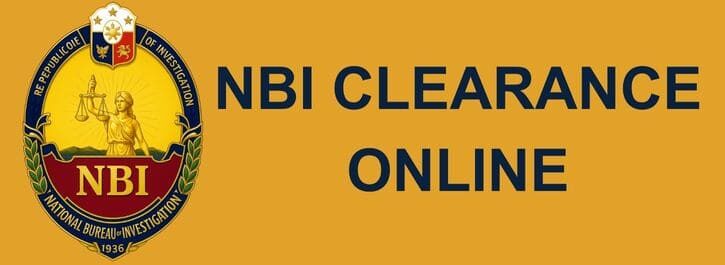Identifying Marks in NBI Clearance are special signs on your body that help the National Bureau of Investigation (NBI) know who you are. These marks can be scars, moles, or birthmarks. They are important because many people may have the same name, and these marks help avoid confusion.
Some people feel confused when filling out this part of the form. This simple guide will help you understand what identifying marks are, why they are important and how to write them correctly without making mistakes.
What Are Identifying Marks in NBI Clearance?
Identifying marks are visible physical features that can help identify a person. These marks are unique and usually permanent or long-lasting.
In the NBI Clearance application form, applicants are asked to mention any distinct marks on their body. These details become part of your official NBI record.
Common Examples of Identifying Marks
-
Scars
-
Moles
-
Birthmarks
-
Tattoos
-
Surgical marks
-
Visible physical deformities (if any)
If you do not have any visible identifying marks you can simply write “NONE” in the form.
Check it: Employ Background Check for Employment in Philippines
Why Are Identifying Marks Important?
Can Identifying Marks Affect Clearance Processing Time?
In most cases, identifying marks do not delay the release of your NBI Clearance. However, if your record triggers a “hit” meaning your name or details match someone else’s the NBI will use your identifying marks to verify your identity.
This verification helps ensure that your clearance belongs to the correct person and prevents mistaken identity.
Conclusion
Identifying marks play a crucial role in maintaining the integrity and accuracy of your NBI Clearance record. They serve as an additional layer of identity verification, helping prevent error, duplication and fraudulent entries. By providing truthful and specific details and updating them when necessary you make the NBI’s job easier.
Always remember: accurate personal information not only protects your record but also strengthens the reliability of the NBI system for everyone.
Frequently Asked Questions
Q1: What if I don’t have any identifying marks?
If you have no visible marks simply write “None” or “N/A.” Your NBI Clearance will still be processed without any issues.
Q2: Do I need to show my identifying marks during the appointment?
Not always if the NBI staff needs to verify your record they may ask for a quick visual confirmation of your listed marks.
Q3: Can I remove or change an identifying mark record later?
Yes You can update your record online for minor edits. For removals or major corrections, you will need to visit an NBI branch for manual verification and may need to present supporting documents.
Q4: Is it required for minors or first-time applicants?
Yes Every applicant including first-timers and minors must accurately fill in the identifying marks section.
Q5: Will tattoos or scars affect my clearance approval?
No Having tattoos, scars or moles will not affect your clearance approval.

